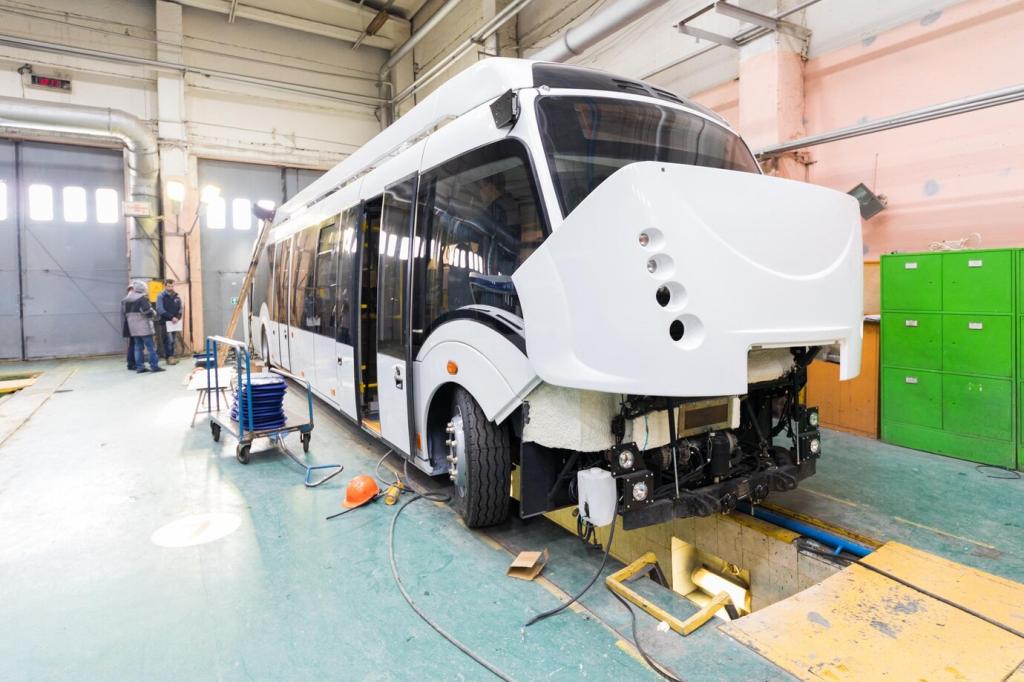The Impact of Autonomous Electric Vehicles on Urban Mobility
Autonomous electric vehicles (AEVs) are reshaping the future of urban mobility by combining advanced automation with sustainable energy solutions. As cities grow and transportation needs evolve, AEVs represent a pivotal innovation that holds the promise of reducing emissions, increasing safety, and revolutionizing the way people and goods move through urban environments. With their emergence, municipalities and citizens are facing new opportunities and challenges that will shape the next generation of city living, commuting, and urban planning.
Transforming Urban Transportation Networks
Reducing Traffic Congestion Through Automation
Autonomous electric vehicles have the capability to communicate with each other and traffic management systems, optimizing route selection, and smoothing out traffic flows. Unlike human drivers, AEVs can react rapidly and predictably to changing conditions, maintaining optimal speeds and safe following distances. Their widespread adoption could minimize stop-and-go conditions that are prevalent in modern cities, reducing bottlenecks at intersections and streamlining the movement of traffic. Researchers anticipate a significant reduction in overall congestion, which not only benefits individual commuters but also leads to broader economic gains by saving time and lowering operational costs for public transport and logistics.
Enabling Smarter, Flexible Mobility Services
The flexibility and self-operating nature of AEVs open new pathways for urban mobility services. Urban residents can have on-demand access to personalized rides without the constraints of traditional vehicle ownership, while shared autonomous fleets can adapt routes and schedules in real-time to match shifting demand patterns. This adaptive approach enhances the efficiency of mobility, ensures greater coverage for underserved areas, and creates new possibilities for inclusive and accessible transport solutions. The elimination of the need for human drivers could further lower operational costs and make these services more affordable for a wider range of users.
Integrating with Public Transit Infrastructure
Autonomous electric vehicles are poised to complement existing public transit by serving as first-mile and last-mile solutions, seamlessly connecting commuters to buses, trains, and subways. AEVs can be strategically deployed to fill gaps in transit coverage, notably during off-peak hours or in locations that are less economically viable for traditional routes. By integrating with the broader transportation ecosystem, these vehicles can help encourage the use of public transit, reduce reliance on private cars, and contribute to the creation of more sustainable and efficient cities over time.
Environmental Benefits and Challenges

Decreasing Urban Air Pollution and Emissions
Electric vehicles emit no tailpipe pollutants, which means the proliferation of AEVs promises substantial improvement in urban air quality. With transportation accounting for a significant portion of greenhouse gas emissions, the electrification of urban fleets—especially when paired with renewable electricity sources—can greatly curtail carbon footprints. This shift is not only beneficial for environmental metrics but also for public health, as cleaner air is linked to reduced rates of respiratory and cardiovascular illnesses in city populations.

Sustainable Energy Demand and Urban Grids
Widespread adoption of AEVs will inevitably increase the demand placed on urban energy grids. If managed carefully, AEVs offer unique opportunities for smart charging, when vehicles recharge during periods of excess renewable energy production or low demand. However, if unplanned, mass simultaneous charging could overwhelm city infrastructure, highlighting the need for advanced grid management strategies and the integration of distributed renewable energy systems. Urban planners must balance the benefits of electrification with the need to expand and modernize the underlying power network.

Lifecycle and Resource Management
The environmental impact of autonomous electric vehicles extends beyond their operational phase. Manufacturing batteries and advanced sensors requires significant natural resources and energy inputs. Without a comprehensive lifecycle approach—including ethical sourcing, recycling, and repurposing of vehicle components—AEVs risk shifting environmental burdens rather than eliminating them. Cities and manufacturers must invest in circular economy initiatives that ensure end-of-life vehicles and batteries are responsibly managed to maximize sustainability gains.
Social and Economic Implications for Urban Life
Expanding Mobility for All Citizens
One of the most promising aspects of AEVs is their potential to provide mobility solutions for people who previously faced barriers to transportation, such as the elderly, disabled, or low-income populations. By offering convenient and affordable rides without relying on human drivers, AEVs can bridge accessibility gaps in neighborhoods underserved by current transit systems. Enhanced mobility fosters greater social inclusion, enabling people to access jobs, healthcare, and education more easily, thereby contributing to improved quality of urban life.
Job Market Transformation and Workforce Upskilling
The introduction of AEVs is likely to disrupt existing job markets, particularly for drivers in the taxi, delivery, and public transit sectors. While automation may reduce demand for traditional driving roles, it will create new opportunities in areas like vehicle maintenance, fleet management, data analysis, and software development. The urban labor force will need to adapt through retraining and upskilling initiatives to transition into these emerging fields. Policymakers and industry leaders must work together to ensure smooth job transitions and the creation of equitable and sustainable urban economies.
Changing Urban Land Use and Infrastructure Design
AEVs have the potential to reshape how space is used within cities. As the need for large parking lots and garages diminishes, thanks to shared and self-parking vehicles, cities can repurpose valuable land for green spaces, housing, and community amenities. Street designs might also evolve, emphasizing safer pedestrian and cycling infrastructure with reduced traffic lanes. These cascading changes could foster more livable, connected, and attractive urban environments, transforming the long-term fabric of city life.
